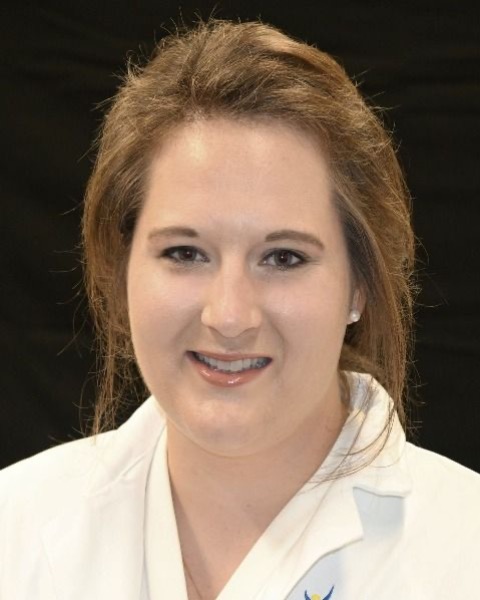Poster Session 1
(226) History of cured syphilis prior to pregnancy and risk of congenital syphilis

James D. Toppin, MD, MPH
Ochsner Health
New Orleans, Louisiana, United States
Shannon McCloskey, MD
Fellow
Ochsner Clinic Foundation
New Orleans, Louisiana, United States- MM
Meena Mishra, PhD
Ochsner Clinic Foundation
New Orleans, Louisiana, United States - MG
Mariella Gastanaduy, PhD
Ochsner Clinic
New Orleans, Louisiana, United States 
Talia Suner, MD
Maternal Fetal Medicine Fellow
Ochsner Clinic
New Orleans, Louisiana, United States
Joseph R. Biggio, Jr., MD, MSc (he/him/his)
System Chair, Women's Services
Ochsner Health
New Orleans, Louisiana, United States
Frank B. Williams, MD, MPH (he/him/his)
Ochsner Clinic Foundation
New Orleans, Louisiana, United States
Submitting Author and Presenting Author(s)
Coauthor(s)
Syphilis rates have sharply increased in the United States over the past decade, increasing the number of people entering pregnancy with a history of syphilis. Despite well-established and effective treatments, congenital syphilis (CS) has likewise increased over that time. We aim to compare rate of CS among pregnancies with and without history of cured syphilis.
Study Design:
We performed a retrospective cohort study of singleton or twin pregnancies care from 2015 to 2023 at a large regional health system. Historical and prenatal laboratory values classified pregnancies as either history of syphilis or no history of syphilis. Patients with new diagnosis of syphilis at initiation of pregnancy care and those with initial prenatal rapid plasmin reagin (RPR) titer ≥ 1:8 were excluded. Pregnancies were stratified based on the history of adequately treated syphilis infection before pregnancy. Patients with history of syphilis and RPR < 1:8 were classified as serofast. Primary outcome was CS, defined by Centers for Disease Control case criteria. Secondary outcome was pregnancies with new or reinfection. Subanalysis evaluated for odds of CS among serofast patients. Chi square or T-test were used evaluate demographics and outcomes.
Results: A total of 57,704 pregnancies were included, of which 189 had a history of adequately treated syphilis infection prior to pregnancy, including 154 serofast patients. Those with history of syphilis were more likely to be Black and have public insurance (Table) CS incidence was significantly higher in pregnancies with a history of treated syphilis infection compared to those without (688 vs 8 per 10,000 live births, OR 93.3, 95% CI: 47.4, 171.7, Figure. CS rate among serofast patients was 779.2 per 10,000 live births (OR 91.1, 95% CI 45.4, 168.6). Maternal syphilis occurred more frequently in those with a positive history (847 vs 30 per 10,000 live births, OR 19.3, 95% CI 10.9 – 31.6).
Conclusion:
History of syphilis before pregnancy is associated with a dramatically increased risk of maternal reinfection and congenital syphilis, particularly among serofast patients.

